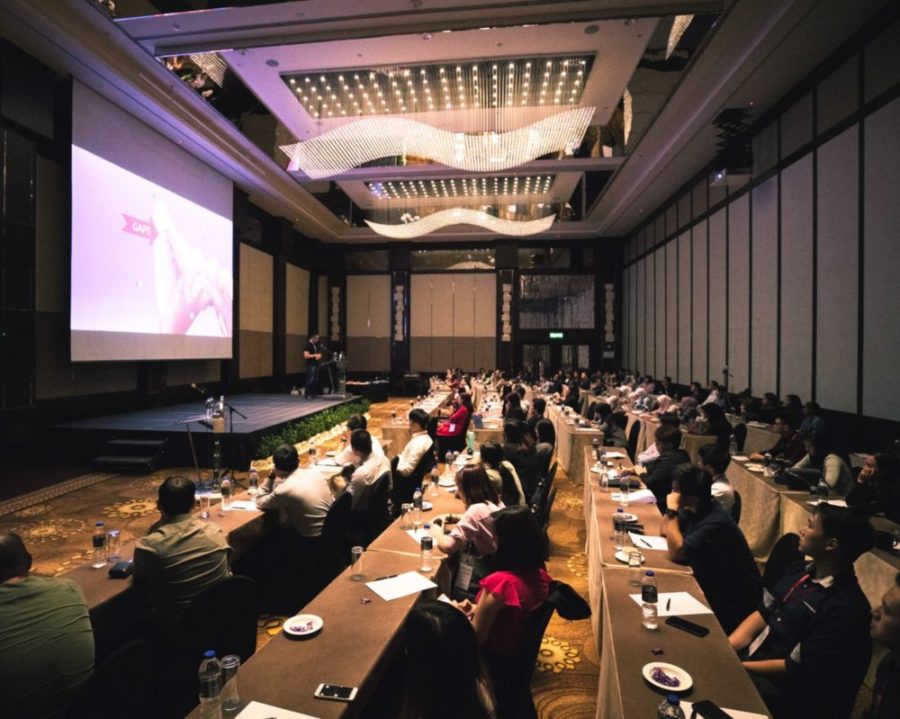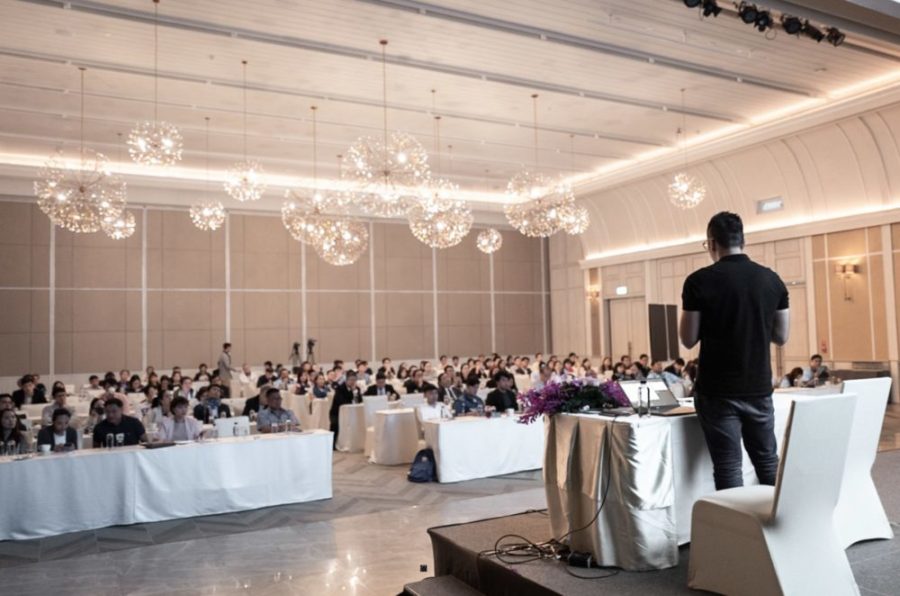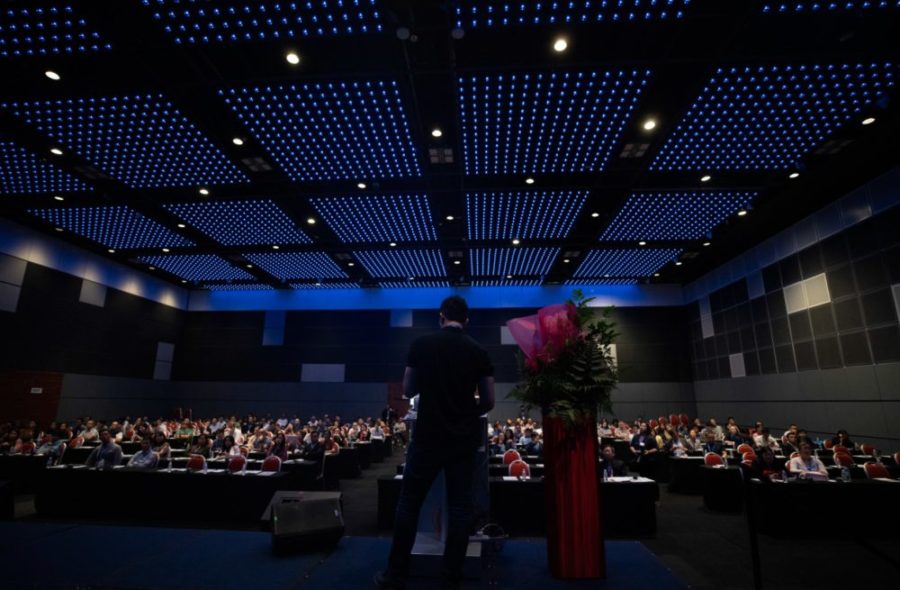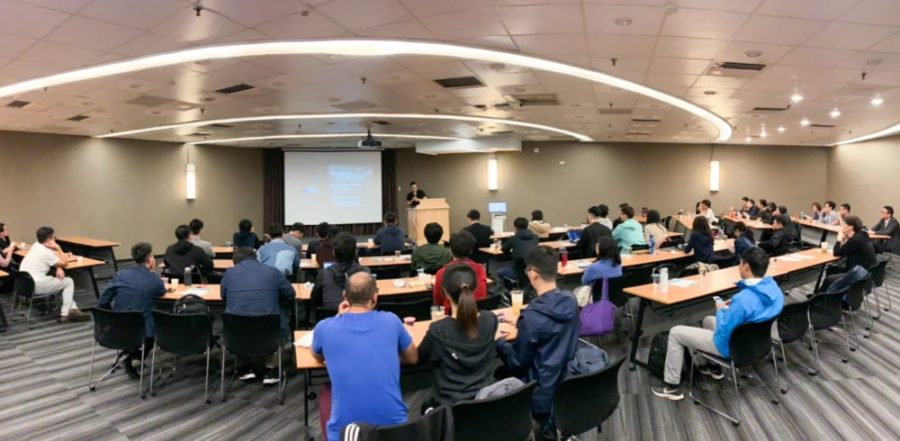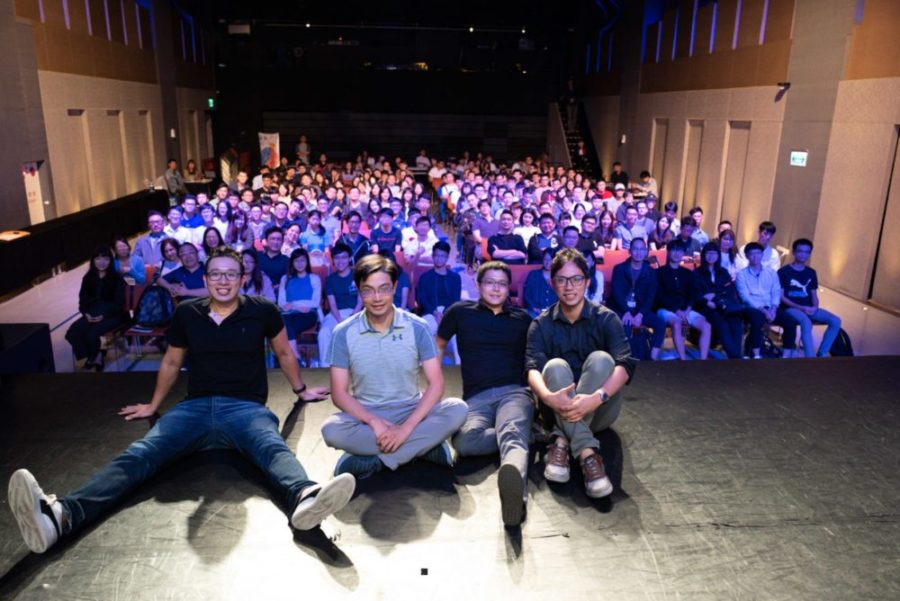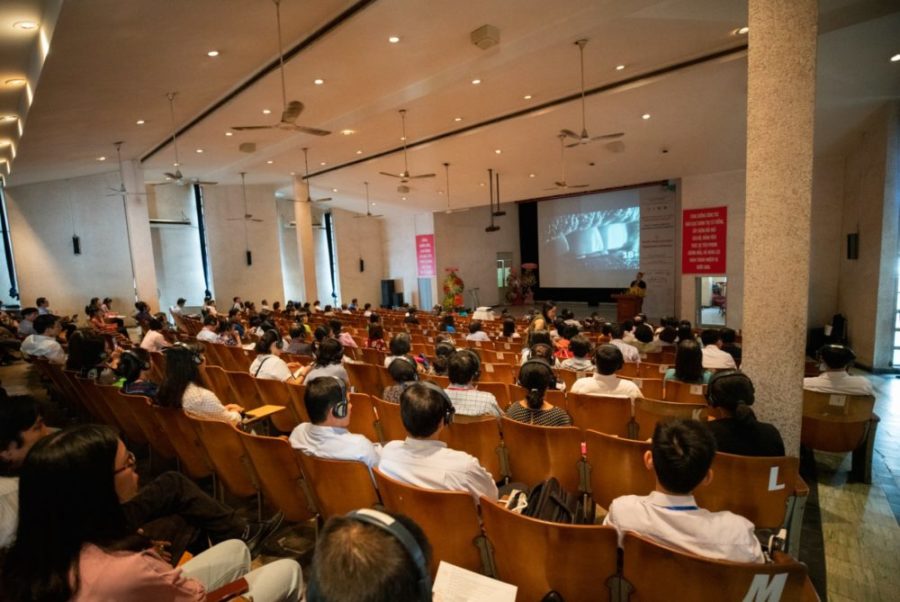From all of us here at CEREC Digest, we would like to sincerely wish all of you a wonderful year to come. Thank you for your support to make this website what it is. This year, we are happy to see our readership almost double, and it wouldn’t have been possible without you.
A Year for Everyone
In 2019, we saw the release of Primescan from Dentsply-Sirona, and it created this sort of awkward situation for a lot of digital dentistry enthusiasts. Prior to this, many have advocated that striving for the most accurate scanner is the fundamental and ethical obligation for dentists from a treatment perspective. With Primescan, we finally achieved accuracy very close to traditional impressions, but it turned out to cost an arm and two legs. To make things more complicated, an updated Medit i500 scanner can achieve a decent accuracy at half price of a 3Shape Trios (the previous reigning champion of accuracy), and a quarter of a price of Primescan.
While this does put a lot of dentists in a bind, from a technological standpoint its all good news, because things can only get better, faster, more accurate, and less expensive (fingers crossed). There is, indeed, something for everyone.
Side Note: Trends and Intrigue
This year, I personally gave 23 lectures, 14 of which were at international venues, and I am just but one member of our CEREC Asia team. The topics that I focus on are primarily chairside anterior esthetics, chairside material selection, and chairside CAD/CAM implantology. Judging by our reception in many different countries, dentists are not just interested in the evolution of digital dentistry, but also acutely aware of the potential that chairside dentistry brings.
The term chairside, if you are unfamiliar, means that our treatment protocols revolve around us, the dentists. For restorative dentistry, this means that we no longer offload part of the workflow (and responsibility) to the dental lab. Instead, our team has in-house technicians that work with us to decide on the most suitable materials and methods for that particular patient. We need more knowledge to make more decisions, and are rewarded with better control of the outcome quality.
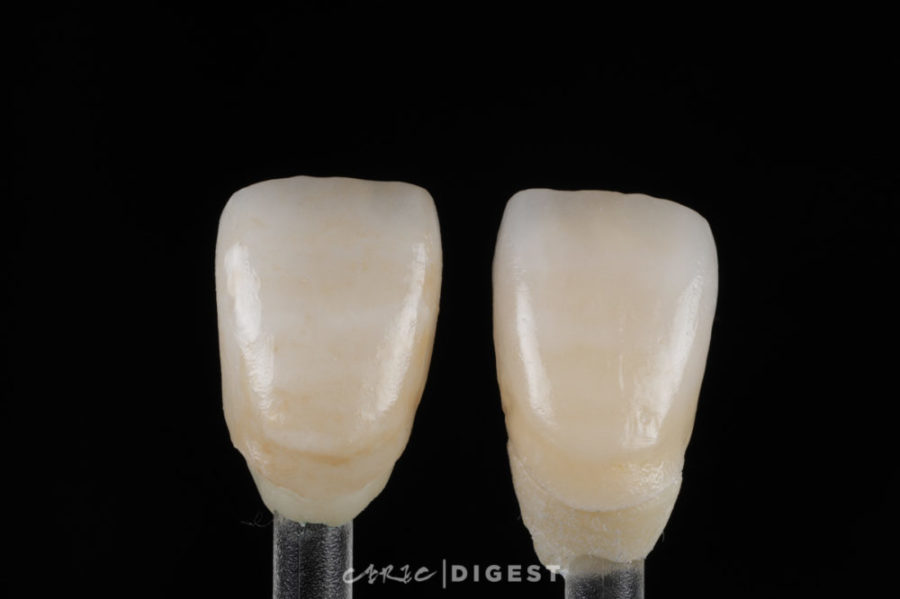
But it’s not all positive. Chairside dentistry is a lot of commitment in time, energy, and cost. It’s certainly not for everyone, and for most of the dental professionals in our audience, they are looking for something in between what they’re doing now, and what we’re doing. A way to apply digital dentistry in a gradual manner with more security and less risk. This is a trend being followed by even the most stubborn traditionalists, and in 2019, we saw several notable dentists begrudgingly shift from the conventional impression to intraoral scanners. They’re baby steps, but progression is progression.
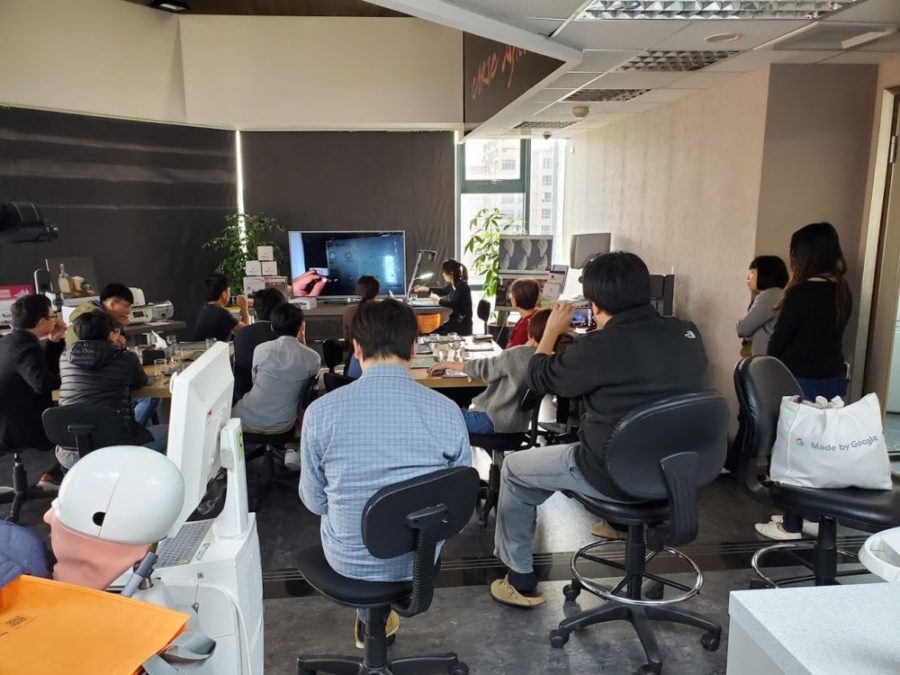
For the ambitious, who wished to participate in the chairside world, CEREC Asia has trained over 500 dentists in 2019 in courses ranging from fundamental concepts in scanning and material selection, to advanced techniques in staining and contouring. It is extremely gratifying to see the interest and positive feedback of everyone involved. The train for digital dentistry is going full blast, and it’s stopping for nobody.
Hsuan is a lecturer at CEREC Asia Training Facility. He is from Vancouver, Canada, and is a big fan of prosthodontics and profanity.

